Thessaloniki has a wealth of excellent Museums. History, archaeology, and Byzantine culture are among the highlights. But the city also has a surprising dynamic modern and contemporary arts scene, with three major museums in Thessaloniki for modern art plus alternative spaces.
Thessaloniki also has Greece’s only Museum of Photography, and a museum dedicated to Cinema.
There are also many boutique museums and cultural foundations. Many museums in Thessaloniki are in beautiful and historic buildings that are worth visiting for their architecture alone.
Thessaloniki has an unusually rich multi-cultural history. There is an excellent and moving Jewish museum. Kemal Attaturk, founder of the modern Turkish republic, was raised here, and his former home is now a museum.
The Principal Museums in Thessaloniki
These are the most famous museums in Thessaloniki. By all means, make sure you see them. But leave time for others, because some of them are really fantastic.
Related post: Best Things to Do in Thessaloniki – Sights, Activities, and Cultural Experiences
Archaeological Museum of Thessaloniki

Thessaloniki’s Archaeological Museum is superb. You don’t need to know anything about Archaeology or the ancient history of the city when you go in. But you will know plenty when you leave. The excellent and complete descriptions bring the whole story to life, in vivid detail. In addition to monuments, statues, and artifacts, you’ll find excellent displays of everyday life. You will be able to imagine the life of Thessaloniki from its foundation through the Roman times. It will enrich your visit to the city.
The Archaeological Museum of Thessaloniki helps the city make a lot more sense. Read more about it here.
The Museum of Byzantine Culture
This is another of the most important Museums in Thessaloniki. This was an extremely important city during the Byzantine Empire. In fact, Thessaloniki has 12 Byzantine Churches that UNESCO has designated as World Heritage sites, plus the Byzantine Baths and the city walls, portions of which are also from the Byzantine era.
The Museum of Byzantine culture is another of the Museums in Thessaloniki that tells a large part of city’s tale. The permanent collection fills 11 galleries. Learn about the public, private, spiritual, and commercial life of Byzantium. Enjoy precious objects, glittering mosaics, sacred art, artifacts, and thorough descriptions that open up the Byzantine world.
The museum is a cultural monument in itself – an award winning design by architect Kyriakos Krokos. The building’s textures and lighting add a sense of reverence, mystery, and discovery to the experience.
The Museum of Byzantine Culture generally has the same visiting hours as the Archaeological Museum. Because it is directly next to the Archaeological Museum, you can easily combine your visits, and in fact there is even a combined ticket that includes several other museums in Thessaloniki, too. Consult the museum’s site for details.
The Roman Agora Archaeological Site and Museum

The Roman Agora is directly above Aristotle Square. Beginning in the 1st century AD, this was the center of social and commercial activity. It remained active until the 4th century (when the city’s activities began to move toward the Galerian Complex).
This fabulous archaeological site was only discovered in the 1960’s. Excavations for the foundations of a new courthouse revealed it. The odeon, cryptoporticus, and other aspects of the ancient city are easy to see from the perimeter.
In the northwest corner of the site is a museum hidden underground. Here, you’ll learn more about the city during the Roman era, and also the era around WWI and the 1917 great fire of Thessaloniki.
You can find more information about visiting on this site.
The White Tower Museum of Thessaloniki

This castle-like tower on Thessaloniki’s waterfront is a favorite symbol of the city. The White Tower has a dark and intriguing history. It’s now a Museum of the History of Thessaloniki. The museum focuses on the people and the urban experience of this multicultural city throughout time. Gorgeous multimedia displays take advantage of the unique architectural setting.
Displays are in Greek, but free audio guides are available in several languages. Visitors’ information is available on the museum’s site.
Related post: The White Tower of Thessaloniki
The Jewish Museum in Thessaloniki
Thessaloniki was home to the largest Jewish population in southern Europe. Jews fleeing persecution in Spain and Italy starting in the 15th century made Thessaloniki their home.
The Jewish community made up the majority of the population of Thessaloniki for centuries. Jewish history is Thessaloniki history. A visit to the city is incomplete without a visit to this compelling museum.
The history of the Jewish presence in Thessaloniki introduces the other exhibits. Among these are displays on Jewish culture, the history of the Jewish community and their public life, including their contributions to education, culture, and commerce. The history of occupation during WWII and the subsequent deportations is at the heart of the experience. Thessaloniki’s loss of over 95% of its Jewish population was the most devastating in Europe. A memorial with the names of the citizens that Thessaloniki lost occupies a room on the ground floor.
I had the rare privilege of sharing one family’s story of the war- with an inspiring ending. Please read here for more.
For information about visiting the Jewish Museum, please visit their site here.
Museums in Thessaloniki for Dynamic Modern and Contemporary Art

This is a surprisingly great town for modern art. Works of several extraordinary collectors, whose stories are as interesting as the collections themselves, shape the city’s culture.
Several of the Modern and Contemporary Art Museums in Thessaloniki have united into a museum collective called MOMus- Metropolitan Organization of Museums of Visual Arts of Thessaloniki.
The Costakis Collection at the MOMus Museum of Modern Art
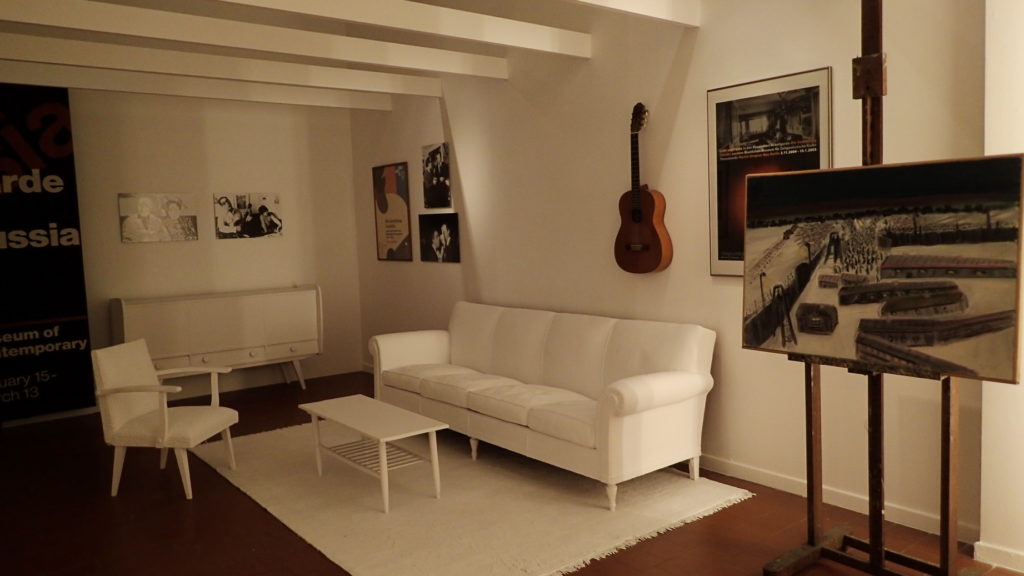
One of the finest collections of Russian Avant-Garde Art in the world is in Thessaloniki. “Thessaloniki. The Giorgos Costakis Collection. Restart” introduces us to the major and minor artists of the Russian Avant-Garde. It also tells the exciting story of the collector who saved their works from destruction. The collection is at the MOMus Modern, at Moni Lazariston. Visitors’ information can be found here.
MOMus Museum of Contemporary Art
This museum was originally founded by friends and patrons of the arts, in response to the Thessaloniki earthquake of 1978. Initially, the former Macedonian Museum of Contemporary Art housed a donation of works from the collector Alexander Iolas. It has since grown to have a tremendous collection of works from both Greek and international artists.
Visit to learn more about internationally-known Greek contemporary artists. You’ll see the works of Takis, Moralis, Zongolopoulos, and Gaitis, among many. The museum is in the exhibition grounds, across from the Archaeological Museum. For information about visiting, please check here.
MOMus Photography Museum
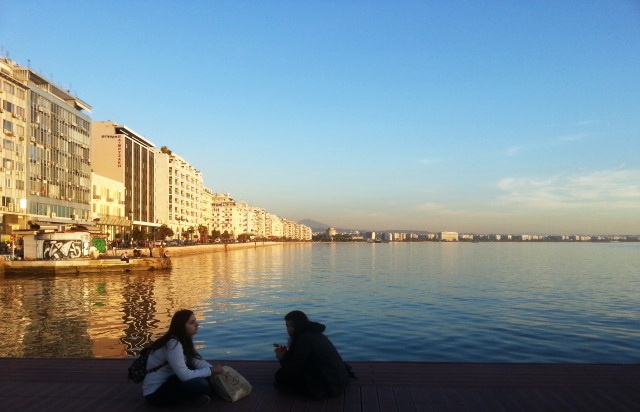
This is Greece’s only museum solely dedicated to photography. The museum stages thematic group and solo exhibitions from both international and Greek photographers. It has an archive of photo documents from 1890 to 2015. It also houses has the Greek portion of the archive of internationally known photographer Fred Boissonnas.
Secret tip- the Museum’s Cafe has a floor to ceiling window overlooking the elegant customs house of Eli Modiano and the whole of the port. It’s almost never crowded.
The MOMus Photography Museum is in the Port of Thessaloniki. For visiting information, please see here.
Related post: Things to do in the Port of Thessaloniki
Thessaloniki Cinema Museum
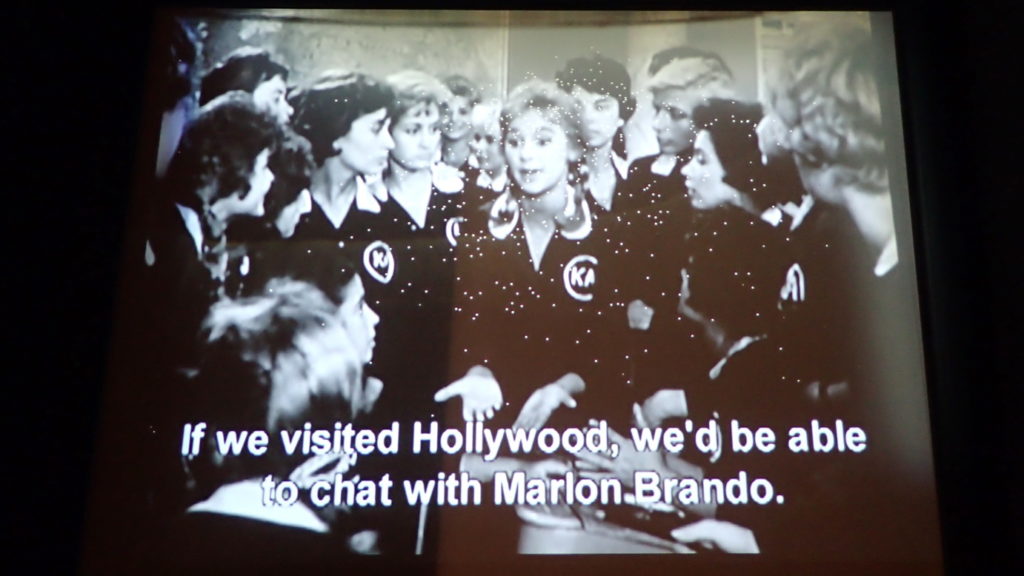
Thessaloniki is a great town for film. The city hosts a great International Film Festival each fall. It also has an annual documentary festival.
This is an extremely English-friendly museum. It introduces the visitor the the entire artistic and cultural history of Greek cinema, from the pioneering Manakis brothers at the dawn of the 20th century, to contemporary and internationally known directors, like Theo Angelopoulos. Greece has a strong cinematic heritage. The golden age of Greek Cinema and the popular cinema of Finos Films were distributed throughout the region (they were very popular in the Middle East, as well).
The Thessaloniki Cinema Museum is in the Port of Thessaloniki. For information, please see here.
The Teloglion Fine Arts Foundation
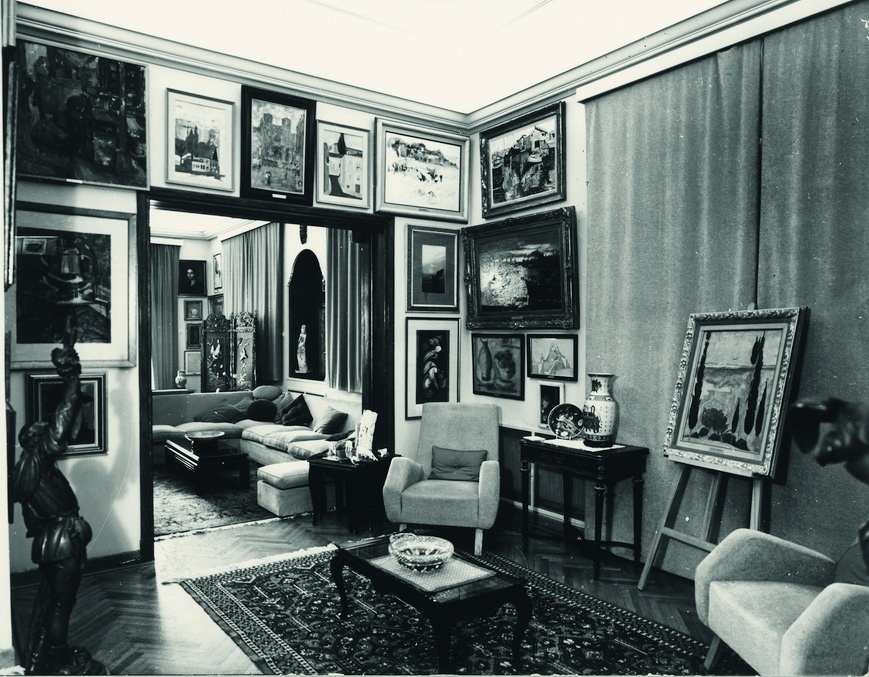
When Aliki and Nestor Telloglou married, they began collecting art in earnest at once. They developed a strong personal connection to the pieces. Their collecting style was personal and idiosyncratic. It was the product of passion, not investment. Nonetheless, their excellent taste directed them well. Their collection spans significant movements in Greek art, from the Symbolism of Nikolaos Gyzis to the Surrealism of Nikos Engonopoulos.
Their foundation’s mission is to bring the elevating spirit of art to the people. Works from their collection are on display. But this is an excellent place for exhibitions of Greek and International art, covering a variety of themes.
For an extraordinary and intimate experience of art, reserve a spot to view their favorite works from their collection on the small tours of the Telloglou apartment. It’s also in one of Thessaloniki’s most interesting buildings. Check their site for more information about visiting the Teloglion or the Telloglou house.
Museums in Thessaloniki for a Boutique Museum Experience
Several of Thessaloniki’s Museums hold exhibitions and exhibit special collections in extraordinary settings. With the exception of the Alaja Imaret, all are in the same lovely neighborhood by the sea. They are all just a short walk from one another.
Public Museums in Thessaloniki: The Municipal Art Gallery of Thessaloniki
This is not one space, but three. Some of the city’s most historic buildings are the setting for the permanent collection and dynamic temporary exhibitions of the Municipal Art Gallery.
The Villa Bianca
One of the best Belle Epoque villas in Thessaloniki is the Villa Bianca. It was built by Dino Fernandez Diaz for his wife, Blanche (which is how the villa got its name). This Art Nouveau fantasy by Pierro Arrigoni has periodic exhibitions on the ground floor. There’s also a large collection of the works of influential artist of the Munich School Nikolaos Gyzis. After your visit, you can enjoy a drink in the mansion’s garden.
Check the facebook page of the Municipal Art Gallery for the opening times of all the spaces. Admission to all is free.
The Geni Tzami
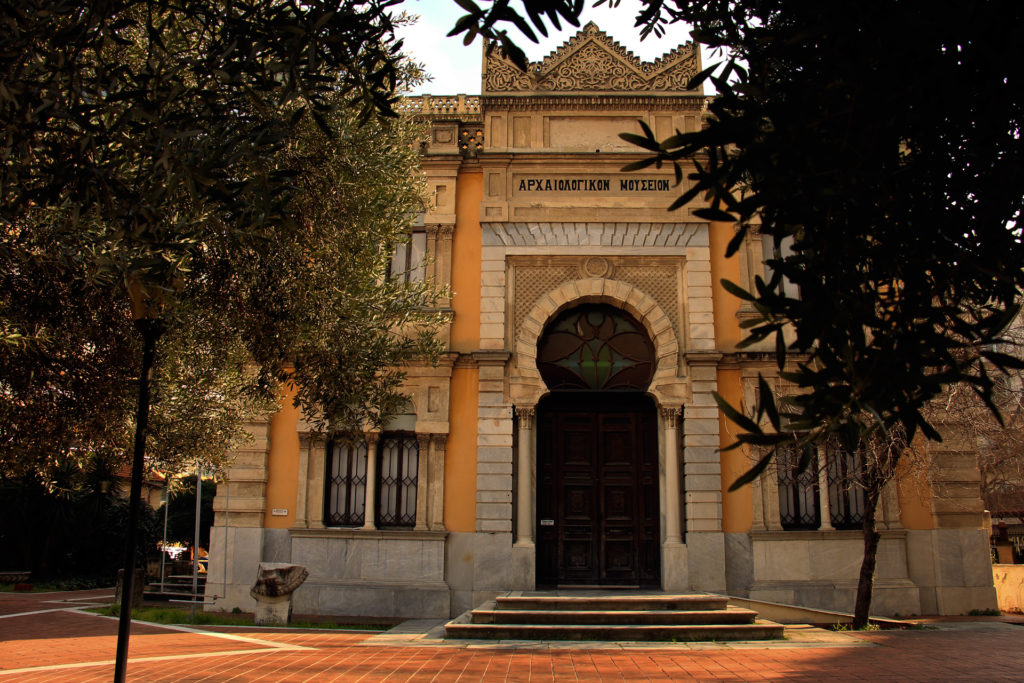
Another exhibition space of the Municipal Art gallery, is this glamorous turn of the century mosque built in an elaborate and eclectic style.
The Alaza Imaret
Yet anther mosque is the Municipal Art Gallery’s third exhibition space. This one is from the 15th century, and it is a beauty- although you’d never know it from the outside, which makes the surprise all the sweeter. Exhibitions often take advantage of the unique character and history of the space.
The Folklife and Ethnological Museum of Macedonia and Thrace
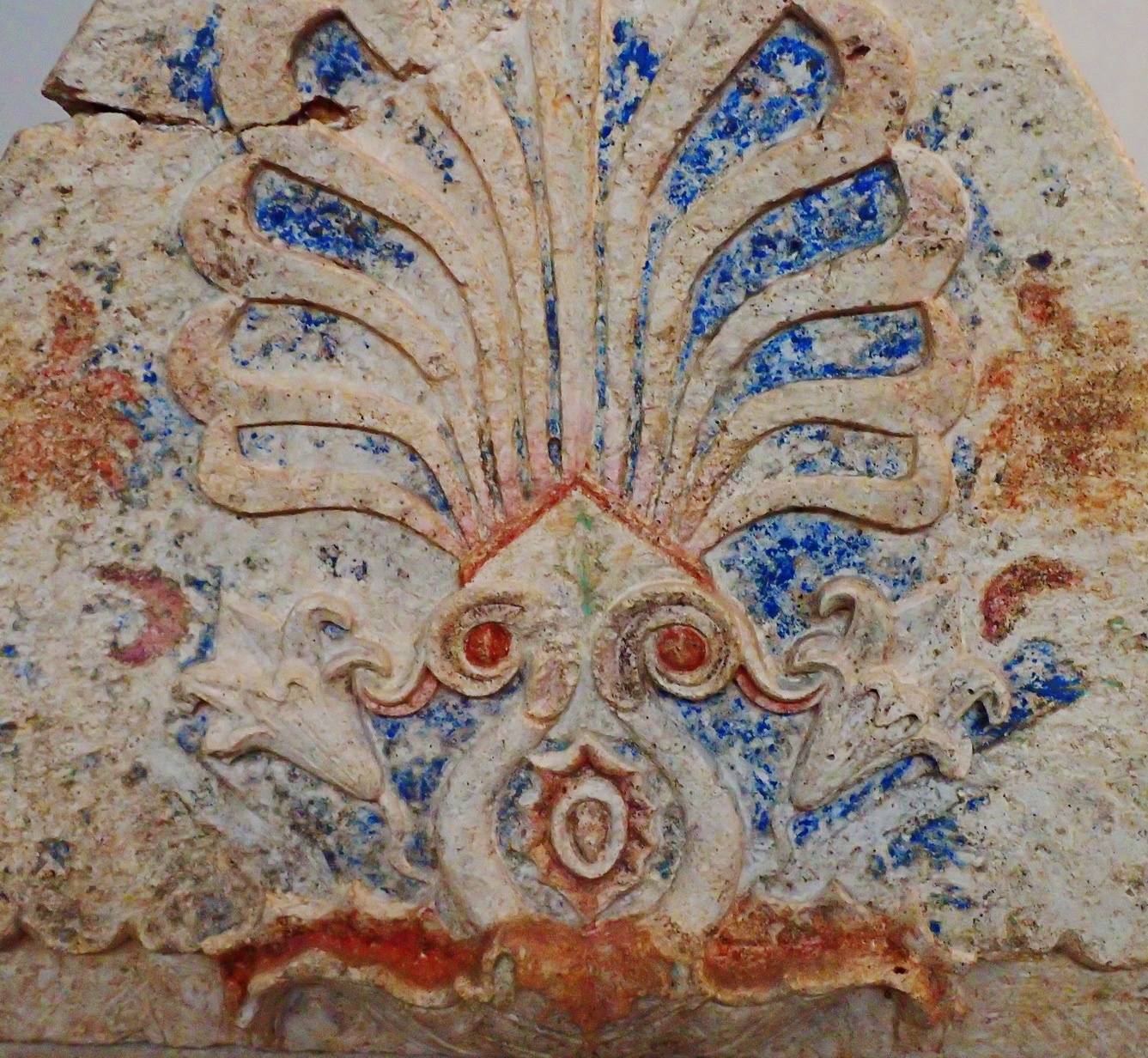
This French-inspired mansion, built by architect and engineer Eli Modiano, has an interesting history. It housed at one point the provisional government of National Defense during WWI, headed by Eleftherios Venizelos (the Athens airport is named after him.)
If you think folk costumes are for school trips, then you are not alone- as I did too. This collection is astonishing. Complete, beautifully arranged, and fully explained, the intricate folk costumes are mesmerizing, and placed in a fascinating cultural and social context. A Fantastic visit. Children in tow will love the active watermills on the ground floor. The large garden has a shady and peaceful cafe
Their excellent website will give you all the information you need to plan your visit. Admission is just 2€, 1€ reduced.
The MIET Cultural Center of the National Bank of Greece
The Villa Kapandji is another historic mansion that hosts excellent exhibitions. These often relate to the history and culture of Greece in general or Thessaloniki in particular. Learn more about the history of the building, the current exhibitions, and their opening hours here. Admission is free.

